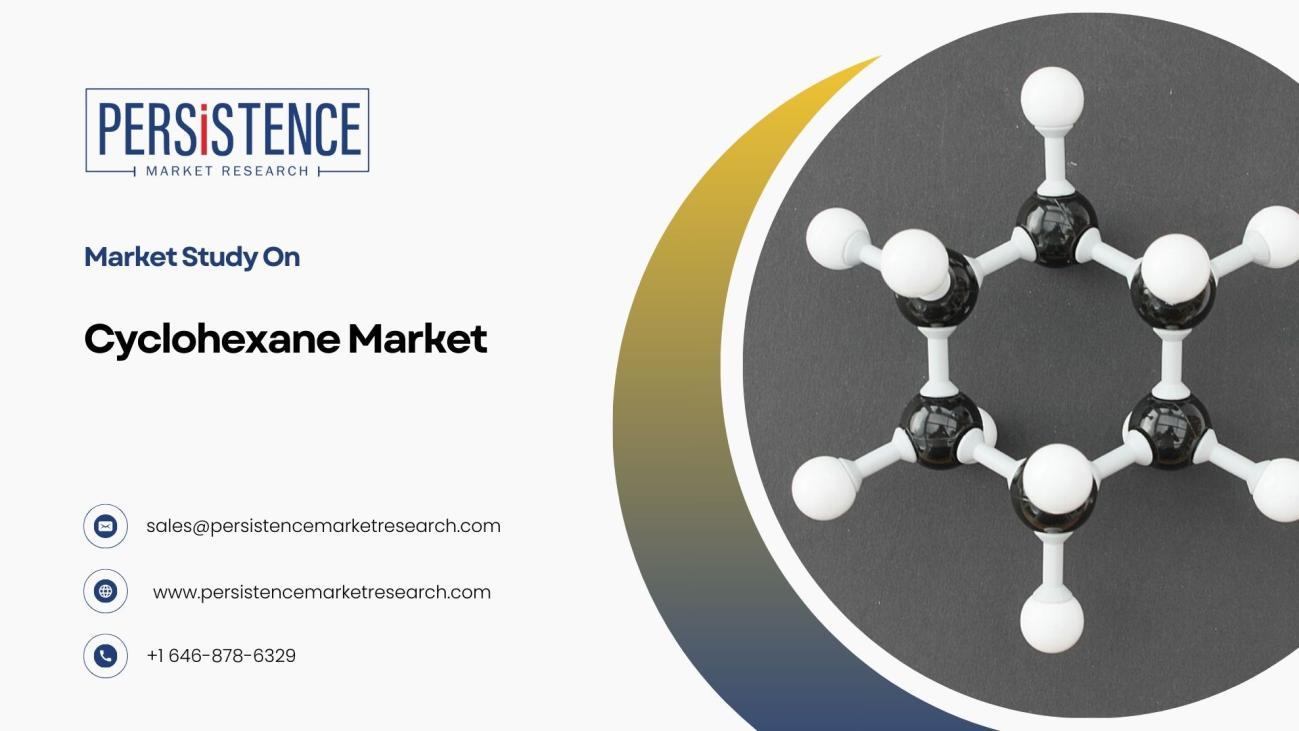The Growing Use of Cyclohexane in Agrochemicals and Pesticides
Cyclohexane, a cycloalkane with the chemical formula C₆H₁₂, is a colorless, flammable liquid widely used as an intermediate in the production of various chemicals, particularly in the manufacture of nylon. Its unique chemical properties make it a valuable solvent and precursor in numerous industrial applications. In recent years, there has been a notable increase in the utilization of cyclohexane in the agrochemical and pesticide industries. This article explores the growing use of cyclohexane in these sectors, its benefits, and the implications for the global market.
Cyclohexane in Agrochemicals and Pesticides
The agrochemical industry encompasses a wide range of products, including fertilizers, herbicides, insecticides, and fungicides, all aimed at enhancing agricultural productivity and protecting crops from pests and diseases. Cyclohexane plays a crucial role in this industry, primarily as a solvent and as an intermediate in the synthesis of active ingredients.
Solvent Properties
One of the primary reasons for the increased use of cyclohexane in agrochemicals is its excellent solvent properties. Cyclohexane is a non-polar solvent, making it highly effective in dissolving hydrophobic substances. This characteristic is particularly beneficial in the formulation of various pesticides and herbicides, where active ingredients need to be dissolved or dispersed uniformly to ensure efficacy. The use of cyclohexane as a solvent facilitates the creation of stable emulsions and suspensions, leading to improved application and performance of agrochemical products.
Intermediate in Synthesis
Beyond its role as a solvent, cyclohexane serves as a key intermediate in the synthesis of several agrochemical active ingredients. Through processes such as oxidation and catalytic dehydrogenation, cyclohexane can be converted into compounds like cyclohexanone and cyclohexanol, which are precursors for the production of various pesticides and herbicides. This versatility in chemical transformations makes cyclohexane an invaluable building block in agrochemical synthesis.
Advantages of Cyclohexane in Agrochemical Applications
The incorporation of cyclohexane into agrochemical formulations offers several advantages:
1. Enhanced Efficacy: The ability of cyclohexane to dissolve a wide range of active ingredients ensures uniform distribution in formulations, leading to more effective pest and weed control.
2. Improved Stability: Cyclohexane-based formulations exhibit enhanced stability, reducing the risk of phase separation and degradation over time.
3. Environmental Considerations: Cyclohexane has a relatively low toxicity profile and is biodegradable, making it a more environmentally friendly option compared to some other solvents used in agrochemicals.
Market Trends and Growth
The increasing adoption of cyclohexane in agrochemicals and pesticides is contributing to the overall growth of the global cyclohexane market. According to Persistence Market Research, the global cyclohexane market has reached a size of US$ 23 billion in 2022 and is expected to climb to US$ 42 billion by 2032, expanding at a compound annual growth rate (CAGR) of 5.1% over the next ten years.
This growth is driven by several factors:
Rising Demand for Nylon: Cyclohexane is a key raw material in the production of nylon, which is extensively used in the textile and automotive industries. The growing demand for nylon products indirectly boosts the demand for cyclohexane.
Expansion of the Agrochemical Industry: With the global population increasing, there is a heightened need for agricultural productivity, leading to the expansion of the agrochemical industry. The use of cyclohexane in agrochemical formulations supports this growth.
Technological Advancements: Innovations in chemical synthesis and formulation technologies have made it more feasible and cost-effective to incorporate cyclohexane into agrochemical products.
Regional Insights
The Asia-Pacific region holds a significant share of the cyclohexane market, accounting for 38.3% in 2021. This dominance is attributed to the rapid industrialization, growing textile industry, and expanding agricultural sector in countries like China and India. The increasing demand for agrochemicals in these regions further propels the consumption of cyclohexane.
Challenges and Considerations
While the use of cyclohexane in agrochemicals presents numerous benefits, there are challenges and considerations to address:
Health and Safety Concerns: Cyclohexane is a volatile organic compound (VOC) and poses health risks if inhaled or ingested. Proper handling, storage, and usage protocols must be in place to protect workers and consumers.
Environmental Impact: Although cyclohexane is biodegradable, its production and use can contribute to environmental pollution if not managed responsibly. Implementing sustainable practices and adhering to environmental regulations are essential.
Market Fluctuations: The price and availability of cyclohexane are subject to fluctuations due to factors like crude oil prices and supply chain disruptions. Agrochemical companies need to develop strategies to mitigate these risks.
Future Outlook
The trajectory of cyclohexane usage in agrochemicals and pesticides appears promising. As the global emphasis on sustainable agriculture intensifies, there is a growing interest in developing eco-friendly agrochemical formulations. Cyclohexane's favorable solvent properties and relatively low environmental impact position it as a suitable candidate for such formulations.
Moreover, ongoing research and development efforts aim to enhance the efficiency and safety of cyclohexane-based agrochemicals. Advancements in green chemistry and sustainable manufacturing processes are expected to further reduce the environmental footprint of cyclohexane production and utilization.
Conclusion
The growing use of cyclohexane in agrochemicals and pesticides underscores its versatility and importance in modern agriculture. Its role as a solvent and intermediate in chemical synthesis contributes to the development of effective and stable agrochemical products. While challenges related to health, safety, and environmental impact

